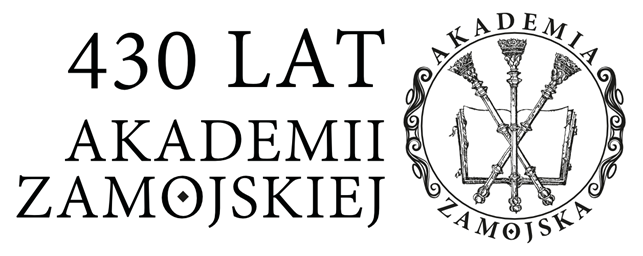Interferencje w strefie polsko-ukraińskich kontaktów językowych
Uliana Hirniak
Abstrakt
W artykule zostało przedstawione zjawisko polsko-ukraińskiej interferencji językowej, do którego dochodziło najczęściej na ziemiach Kresów Wschodnich bądź terytoriach przygranicznych obu krajów. O interferencji językowej mówimy wtedy, gdy mamy do czynienia z procesami zachodzącymi w komunikacji co najmniej dwujęzycznej. Jest to długotrwały, wielostronnie skomplikowany oraz niejednolity proces przenikania się elementów z jednego języka do drugiego. Proces interferencji dotyczy przede wszystkim leksyki i fonetyki, ale obejmuje również fonologię, morfologię, składnię i stylistykę. W przypadku zapożyczeń z dwóch różnych języków mówimy o tak zwanej interferencji zewnętrznej widocznej najczęściej na płaszczyźnie leksykalnej i fonetycznej. Liczne badania dowodzą, że dość częstym zjawiskiem są interferencje zachodzące w imiennictwie osobowym ludności polskiej zamieszkałej na dawnych obszarach ZSRR. Ponadto udowodniono, że ludność polskojęzyczna mieszkająca na terytorium Ukrainy uległa silnemu wpływowi języka ukraińskiego i z czasem utworzyła „dialekt kresowy”, który z biegiem czasu wpłynął również na język ogólnonarodowy. Z drugiej strony badania językowe wykazują silny wpływ języka polskiego na gwary zachodnioukraińskie, zwłaszcza na dialekt łemkowski oraz nadsański. Polonizmy w języku ukraińskim oraz rutenizmy w języku polskim przeszły i czasem nawet nadal przechodzą semantyczno-stylistyczną ewolucję, czego świadectwem są liczne badania naukowe i przedstawione w nich przykłady językowe.
Słowa kluczowe:
Interferencja językowa, dwujęzyczność, bilingwizm, Kresy Wschodnie, zapożyczenia językowe, polonizmy, rutenizmySzczegóły
Bibliografia
Statystyki
Autorzy
Zasady cytowania
Licencja

Utwór dostępny jest na licencji Creative Commons Uznanie autorstwa – Bez utworów zależnych 4.0 Międzynarodowe.


 Język Polski
Język Polski
 English
English
